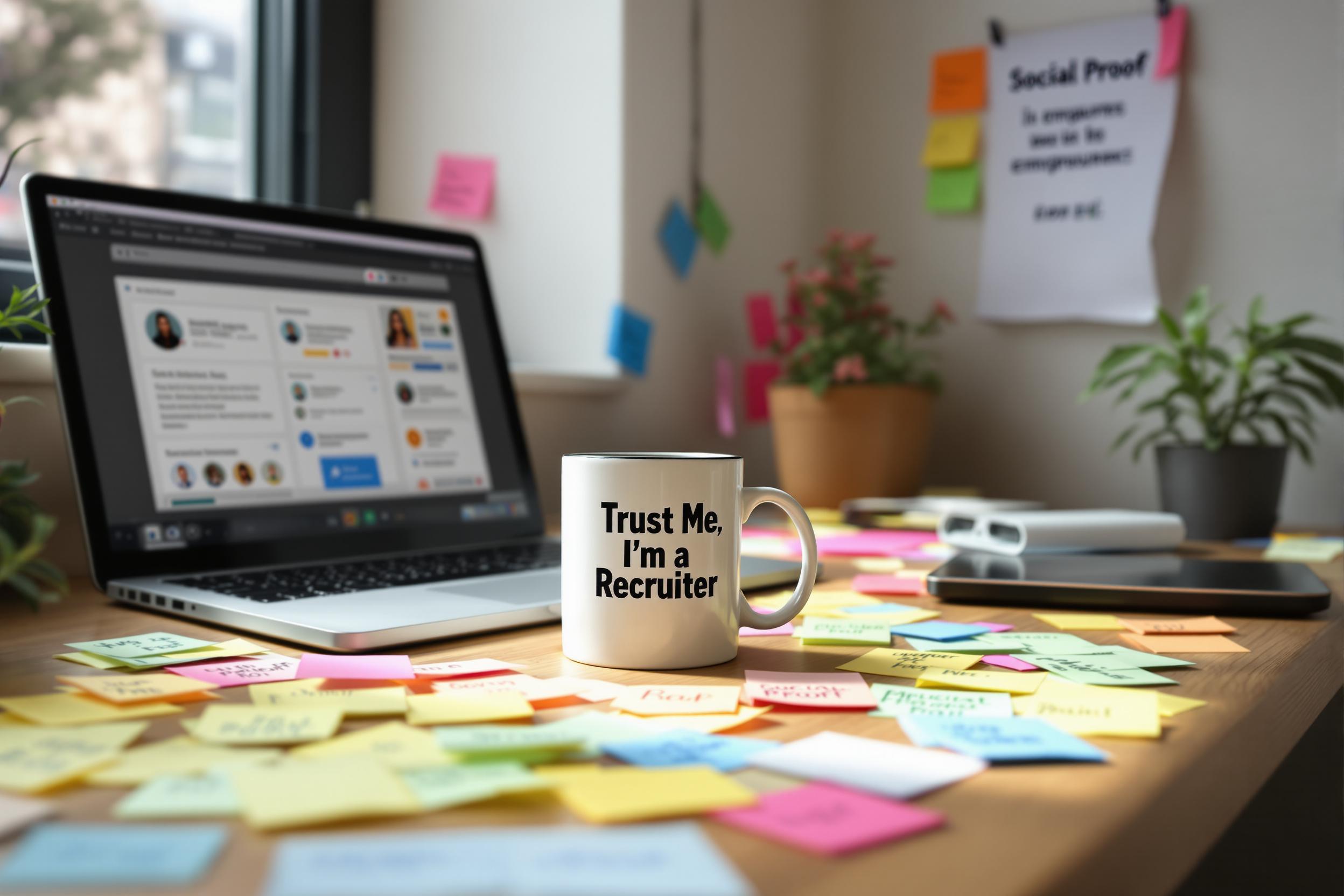
Liquid Membrane
Liquid Membrane is a type of waterproofing material that starts as a liquid and dries to form a seamless, rubber-like protective layer. It's commonly used to prevent water from entering buildings through roofs, foundations, and other surfaces. Think of it like painting a surface with waterproof rubber - it fills in all the gaps and creates a continuous barrier against water. This is different from traditional waterproofing methods that use sheets or rolls of material, which can have seams where water might get in. The term might also appear as "liquid-applied membrane" or "fluid-applied membrane" in job descriptions.
Examples in Resumes
Applied Liquid Membrane waterproofing system to 50,000 square feet of commercial roofing
Supervised Liquid Membrane installations for 15 high-rise building basements
Trained junior staff in proper Liquid Membrane application techniques and safety procedures
Successfully completed Fluid-Applied Membrane projects for 20+ residential foundations
Typical job title: "Waterproofing Technicians"
Also try searching for:
Where to Find Waterproofing Technicians
Professional Associations
Job Boards
Professional Networks
Example Interview Questions
Senior Level Questions
Q: How do you handle quality control for large-scale liquid membrane applications?
Expected Answer: Should discuss inspection procedures, thickness testing methods, working with different weather conditions, and managing a team of applicators. Should mention documentation and warranty requirements.
Q: What factors do you consider when planning a liquid membrane project?
Expected Answer: Should mention surface preparation, weather conditions, cure times, material quantities, crew sizing, safety requirements, and coordination with other trades.
Mid Level Questions
Q: What surface preparation is needed before applying liquid membrane?
Expected Answer: Should explain cleaning requirements, moisture testing, repair of cracks or damages, and proper priming techniques.
Q: How do you ensure proper thickness when applying liquid membrane?
Expected Answer: Should discuss wet film thickness gauges, application techniques, multiple coat requirements, and quality control measures.
Junior Level Questions
Q: What safety equipment is needed when working with liquid membrane products?
Expected Answer: Should mention proper PPE including respirators, protective clothing, eye protection, and understanding of safety data sheets.
Q: What are the basic steps in applying liquid membrane?
Expected Answer: Should describe cleaning, priming, mixing product, application techniques, and basic quality control measures.
Experience Level Indicators
Junior (0-2 years)
- Basic application techniques
- Surface preparation
- Safety procedures
- Tool and equipment handling
Mid (2-5 years)
- Advanced application methods
- Quality control procedures
- Problem-solving abilities
- Reading construction drawings
Senior (5+ years)
- Project planning and management
- Team supervision
- Complex installation oversight
- Quality assurance management
Red Flags to Watch For
- No knowledge of safety requirements or PPE use
- Unfamiliarity with surface preparation requirements
- Lack of experience with thickness measurements and quality control
- No understanding of weather conditions impact on application
Need more hiring wisdom? Check these out...

Micro-Internships: The Game-Changer in Project-Based Learning

From Farewells to Future Allies: Transforming Exit Interviews into Lifelong Connections

Lost in Translation? How a Hybrid Mentorship Database Bridges Cross-Regional Talent

